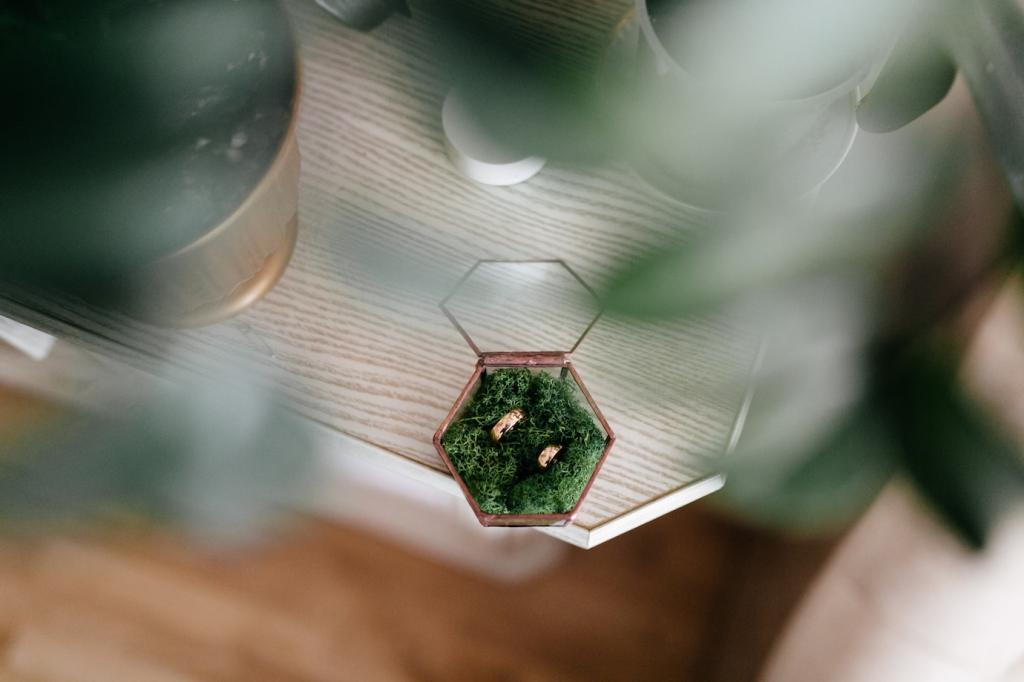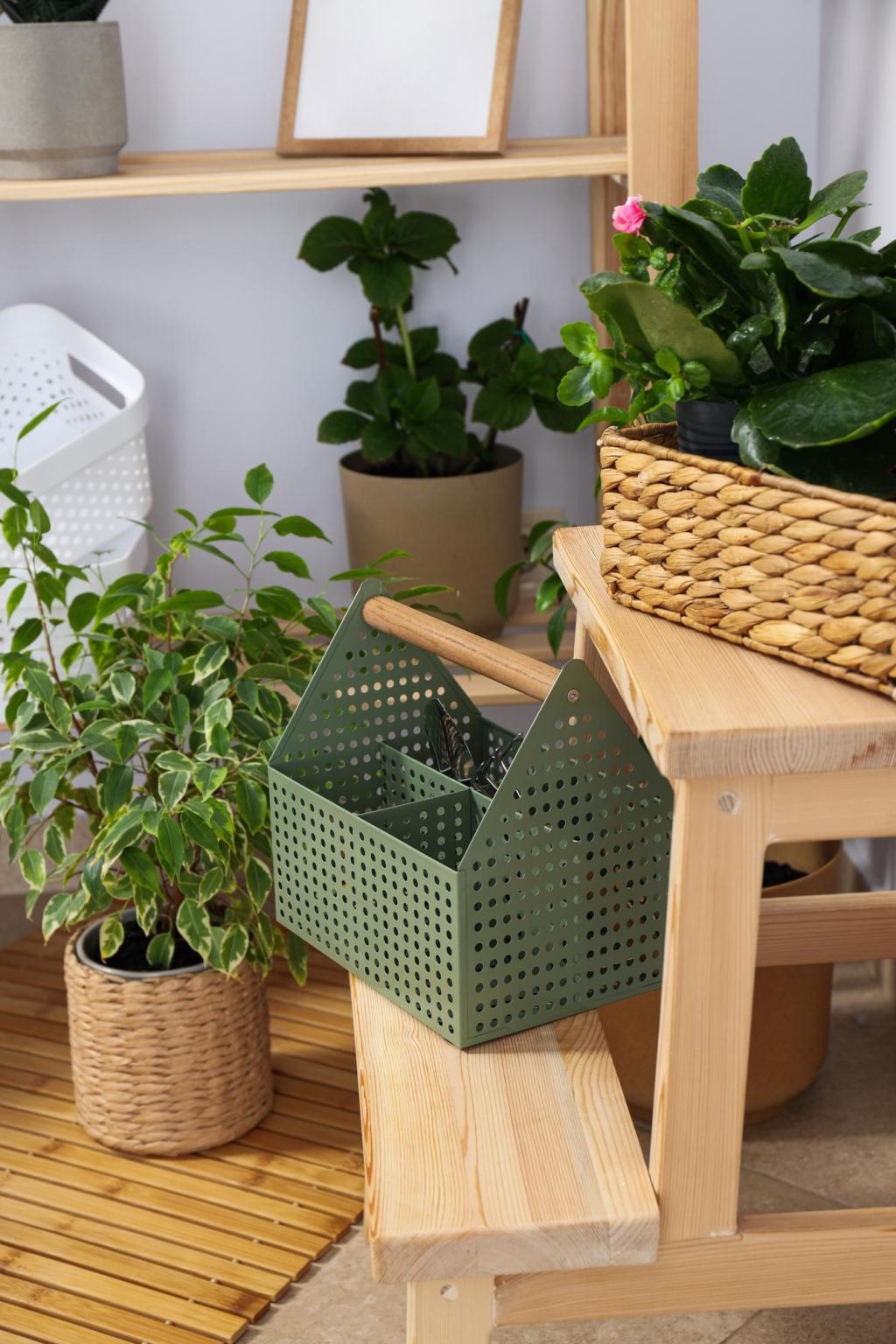This website uses cookies so that we can provide you with the best user experience possible. Cookie information is stored in your browser and performs functions such as recognising you when you return to our website and helping our team to understand which sections of the website you find most interesting and useful.

Innovative Sustainable Design Trends
Innovative sustainable design trends are shaping the future of architecture, interior spaces, and products by integrating eco-friendly materials, resource-efficient processes, and a holistic focus on well-being. As the world shifts towards conscious consumption and an awareness of environmental stewardship, designers and architects are responding with creativity and ingenuity. The latest trends reflect a harmonious blend of aesthetic appeal, technological advancement, and an unwavering commitment to minimizing environmental impact. This guide explores the leading movements influencing the realm of sustainable design, offering insights into how innovation and responsibility can coexist to create beautiful, functional, and planet-friendly spaces.

Biophilic Design and Nature Integration
Advanced Eco-Friendly Materials

Smart Technology Integration for Efficiency
Adaptive Lighting and Climate Systems


